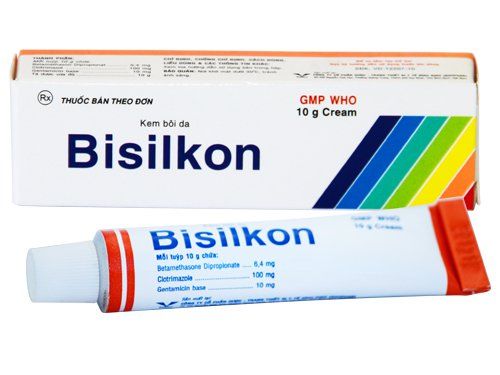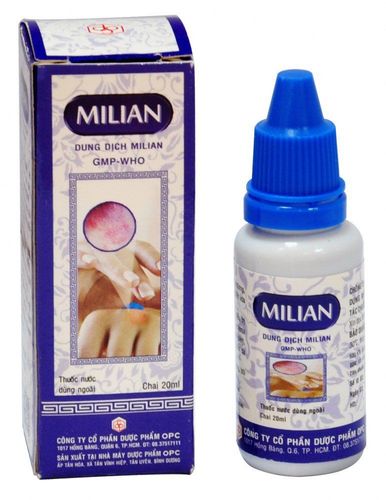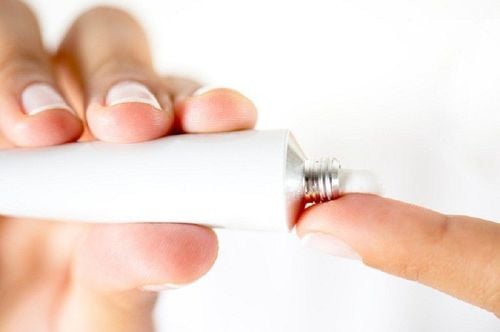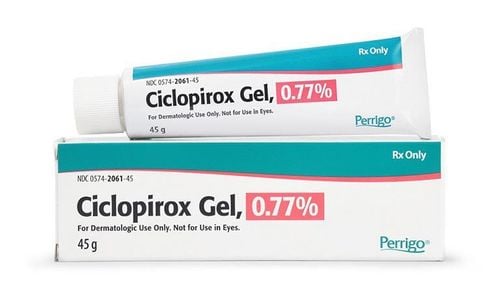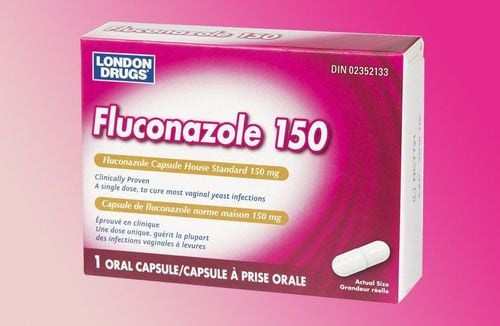This is an automatically translated article.
Pathogenic fungi are ubiquitous in the environment and can enter the body in a variety of ways. Accordingly, antifungal drugs work by directly killing fungal cells or preventing fungal cells from growing.1. How do antifungals work?
Fungi are ubiquitous in soil, water, air, and surfaces. The body can be infected with fungi in many different ways such as direct fungal infections through the skin, through food, through mucous membranes, through inhalation, ... There are many fungi discovered that can cause disease in the body. In which the most common are fungi causing diseases of the skin, mucous membranes, internal fungal infections,... Symptoms of some common fungal infections are:Ringworm on the skin: Symptoms Typical of ringworm on the skin is the appearance of a ring-shaped rash, which is very itchy, especially when sweating, sometimes accompanied by scaling and peeling on the surface of the skin. Ringworm on the scalp: localized scaly patches appear, pustules on the scalp cause itching, which can lead to hair loss. Fungal nail infection : Discolored, brittle, deformed nails Oral fungal infection : Detects white lesions in the mouth, which can be painful. If visceral fungal infection is the most severe form of fungal infection, depending on the type of fungus and the area of the body infected, different symptoms such as fever, sweating, headache, fatigue, etc. hurt; cough, difficulty breathing; or symptoms of meningitis such as sensitivity to light, severe headache, stiff neck, etc. Antifungal drugs are medicines used to treat fungus. Antifungal drugs can work in two ways, either directly killing fungal cells or preventing fungal cells from growing. By targeting structures that are essential in fungal cells but not essential in human cells, antifungal drugs help fight fungal infections without affecting the body's own cells. The structures commonly targeted by the drug are the cell membrane and the fungal cell wall. These structures surround and protect the fungal cell. When these structures are damaged, fungal cells can rupture and die.
MORE: Note when using topical medications for ringworm

Nhiễm nấm nội tạng là dạng nhiễm nấm nghiêm trọng nhất, triệu chứng có thể gặp phải là mệt mỏi, sốt, ho, khó thở,...
2. Classification of antifungal drugs
Antifungal drugs are very diverse in types and dosage forms. The drugs can be taken orally, topically to treat fungal infections, or administered intravenously. The type of antifungal medication your doctor prescribes depends on the type of fungus and how severe it is. The following is a classification of antifungal drugs based on their chemical structure and mechanism of action:2.1. Azol Antifungals The Azol group is the most commonly used antifungals. The mechanism of action of the drug is to inhibit the enzyme 14 alpha-demethylase, which prevents the synthesis of ergosterol and other lipids of the fungal cell membrane, disrupts membrane function and inhibits fungal growth. The corresponding human enzymes have less affinity for the drug than the fungal enzymes, so they do not affect the normal cells of the body.
Azol antifungals include Imidazol and Triazol:
Imidazol drugs such as: Clotrimazol, Miconazole, Ketoconazole, Econazole, Bifonazol, Isoconazole... Triazol drugs such as: Itraconazole, Voriconazole, Fluconazole, Terconazole, Posaconazole... Although there are have similar spectrum and mechanism of action, but the triazoles are metabolized more slowly and have less effect on human sterols than imidazoles. Because of that advantage, the new drugs that were born later all belong to the Triazol group.
The antifungal activity of the Azol antifungal group is very broad, including yeasts (Candida, Cryptococcus, Pityrosporum), opportunistic fungi (Aspergillus, Muscor), which are visceral pathogenic fungi (Sporotrichum, Histoplasma, Blastomyces), all including skin fungi.
Azole antifungals are indicated in the cases of superficial fungi, ringworm, and visceral fungi. Common side effects of these drugs are nausea, vomiting, diarrhea, hepatotoxicity, rash, headache, dizziness, drowsiness,...
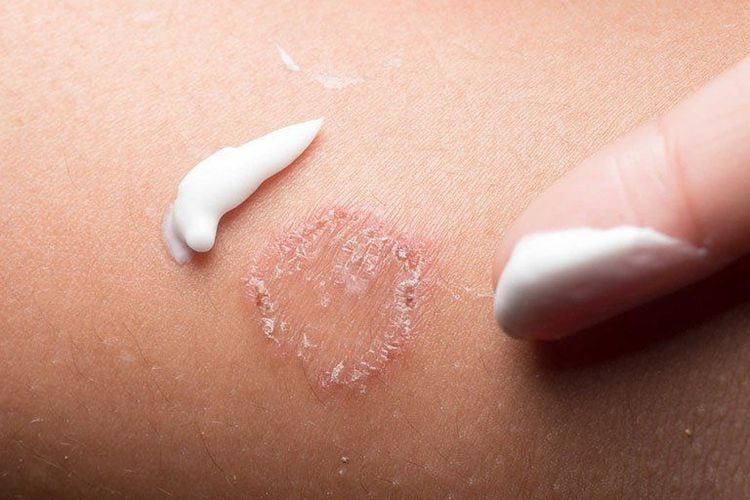
Các thuốc kháng nấm Azole được chỉ định trong các trường hợp vi nấm bề mặt, vi nấm ngoài da, vi nấm nội tạng
Commonly used Polyene antifungals are:
Amphotericin B: Has a broad spectrum of antifungal activity and is the drug of choice for most visceral fungal infections such as Mucor, disseminated Aspergillus, viral diseases Visceral Sporothrix, Cryptococcus and Histoplasma, ... In addition, the drug is also used to treat local fungal infections, candida infections in the skin, mucous membranes of the mouth, intestines, vagina, bladder,.... in the form of topical fungicides, gynecological tablets, eye drops,... Nystatin: Indicated for the treatment of Candida infections in the skin and mucous membranes. The drug has many dosage forms such as oral suspension for the treatment of glossitis, glossitis, candidiasis in the intestine. Topical medicine to treat fungus around the toenails, hot spots,... MORE: What should I do if I use a lot of topical drugs to treat ringworm of the knee?
2.3. Allylamine antifungals Allylamine antifungals kill fungi by inhibiting the enzyme squalene epoxidase causing squalene accumulation, interfering with fungal cell ergosterol synthesis. Terbinafine is an Allylamine antifungal drug that is very effective in the treatment of nail fungus (Onychomycoside), toenail fungus. The dosage forms of Terbinafine are topical antifungal tablets, 250mg tablets.
2.4. Echinocandins Echinocandin is a new class of antifungal drugs that kill fungi by inhibiting the synthesis of an enzyme that produces the fungal cell wall, thereby rupturing the fungal cell.
Some drugs of the echinocandins group are:
Anidulafungin: Used in the treatment of candidaemia, systemic candidiasis, esophageal candidiasis. Caspofungin: Used in the treatment of mucosal and invasive candidiasis, aspergillosis Micafungin: Mucosal candidiasis, esophagus.
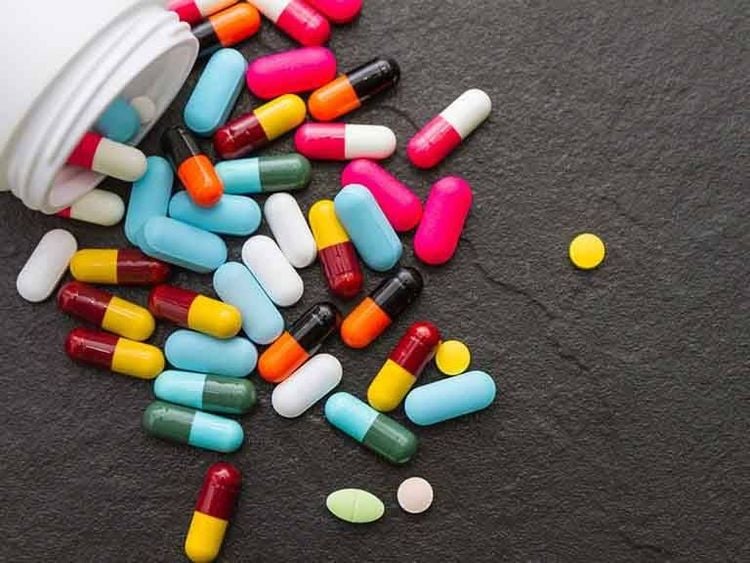
Echinocandin là nhóm thuốc trị nấm mới, diệt nấm bằng cách ức chế tổng hợp một loại enzym tạo ra thành tế bào nấm, do đó làm vỡ tế bào nấm
Griseofulvin: prevents fungal cells from dividing. It is used to treat infections of the skin, hair, and nails. Flucytosine: Anti-fungal by preventing fungal cells from making nucleic acids and proteins that prevent fungal cells from growing. Flucytosine can be used to treat systemic Candida, Cryptococcus infections. Antifungals are medicines used to treat fungus. Depending on the type of disease, the area of the body infected with the fungus, the doctor will consider the treatment methods and prescribe the appropriate medicine. Accordingly, to ensure the effectiveness of treatment, patients should go to medical centers to examine and use drugs according to the instructions of doctors and pharmacists.
Please dial HOTLINE for more information or register for an appointment HERE. Download MyVinmec app to make appointments faster and to manage your bookings easily.
References: msdmanuals.com, healthline.com, nhs.uk



